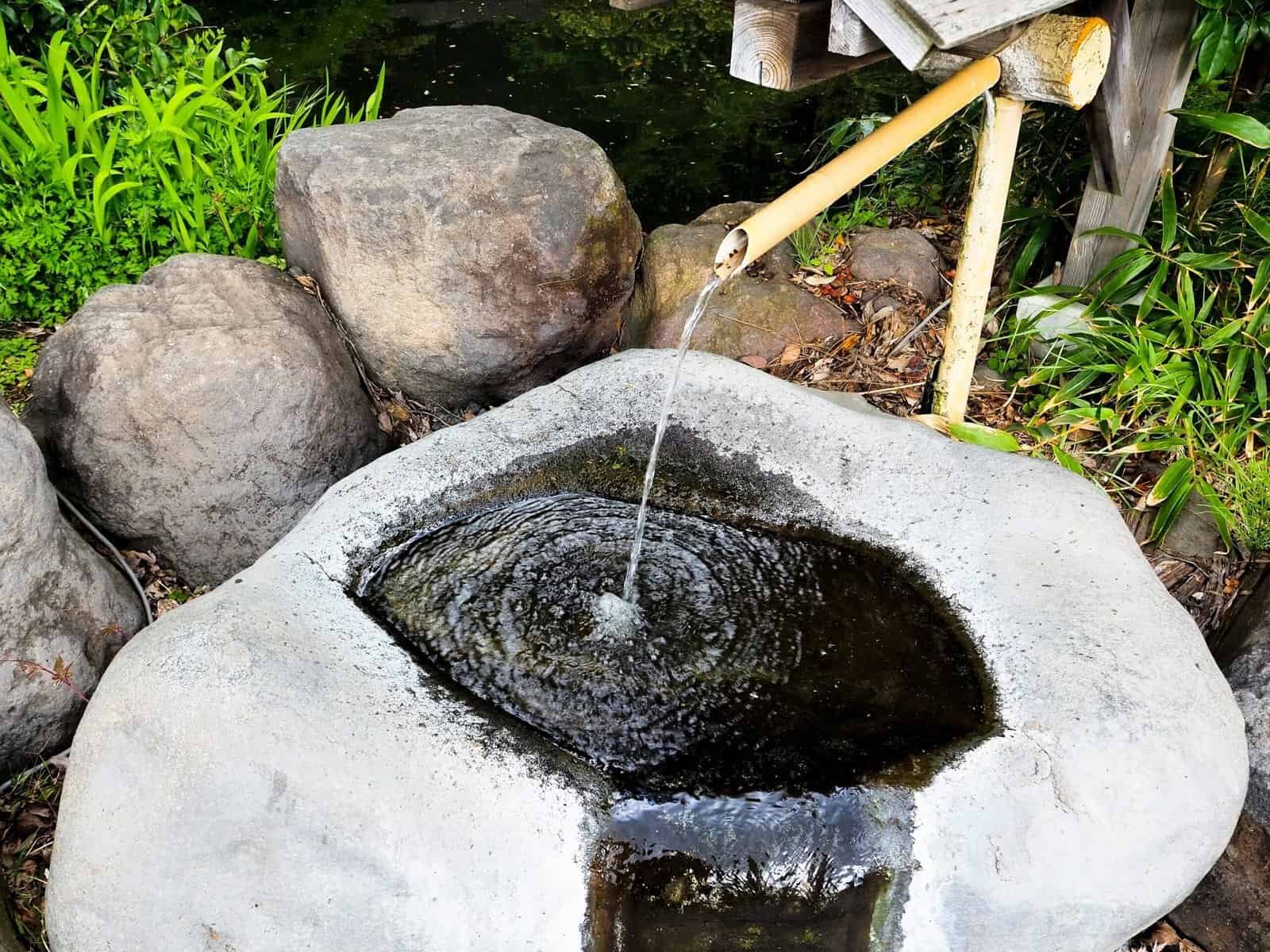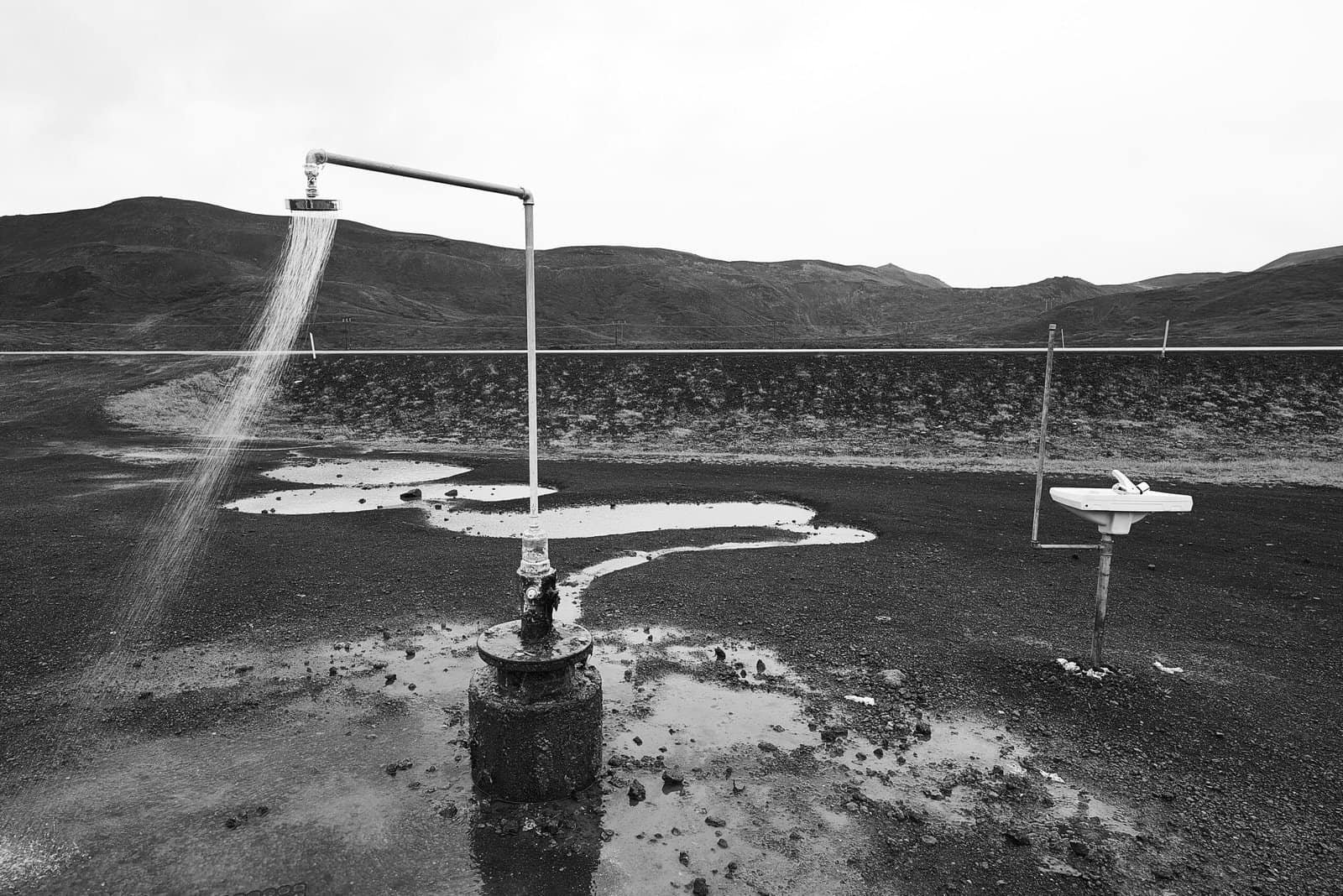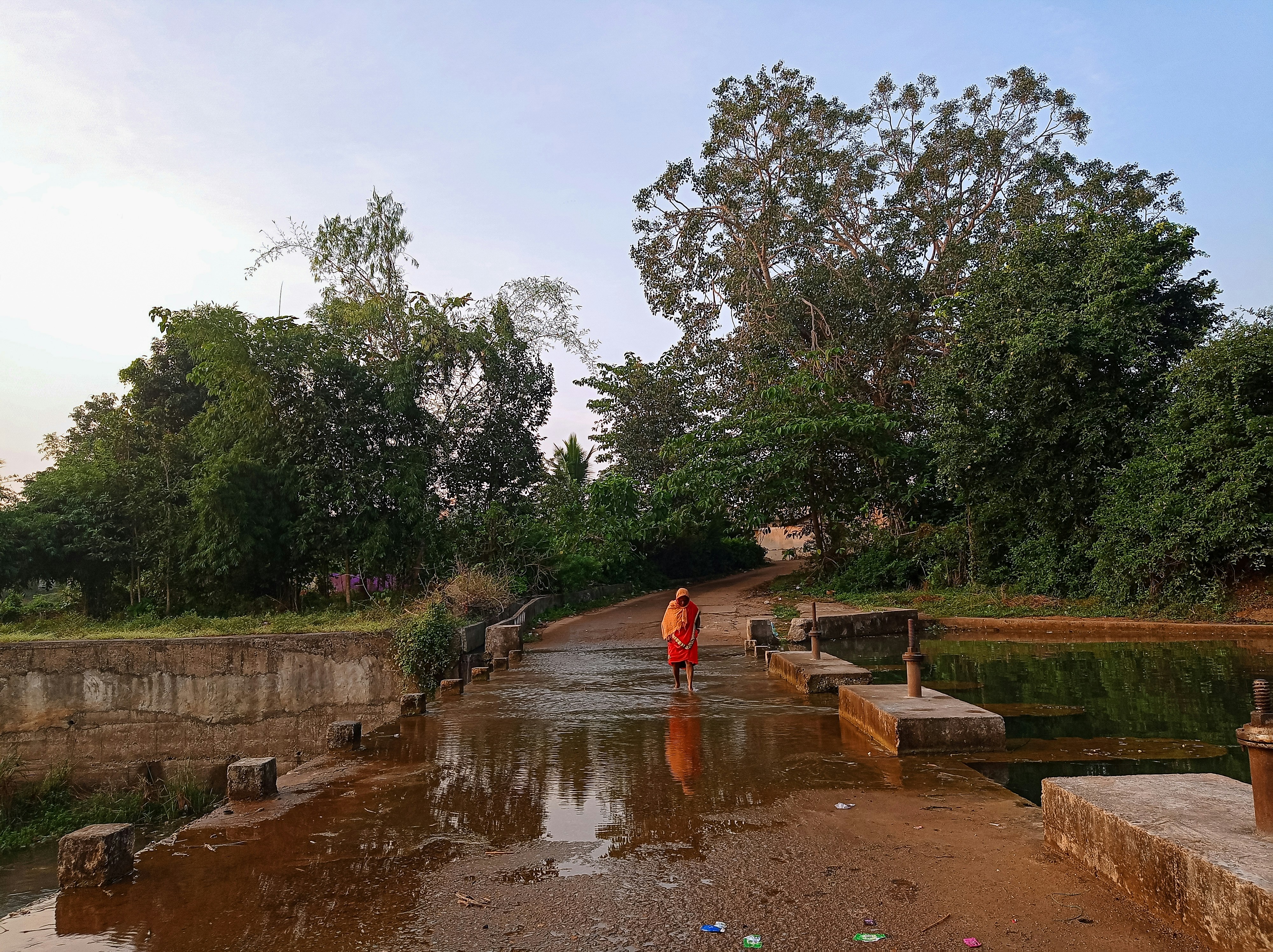Have You Ever Wondered Where You Can Find Case Studies On Successful Well Rehabilitation?
You’re not alone if you’re searching for information on well rehabilitation. Whether you’re a budding environmental scientist, a seasoned geologist, or a landowner looking to revitalize your resources, understanding the ins and outs of well rehabilitation is crucial. You can find numerous case studies that showcase successful strategies and provide valuable insights. Let’s explore different sources, analyze successful case studies, and break down what makes well rehabilitation a triumph.
Understanding Well Rehabilitation
Before you dive into where to find information, let’s clarify what well rehabilitation entails. Well rehabilitation is the process of restoring a well to its full efficiency and intended capacity. This endeavor is especially common in areas where the water quality or yield has degraded over time. Various factors can cause a well to become inefficient, such as clogging, mineral encrustation, or mechanical failures.
Types of Well Issues
- Physical Blockages: Accumulation of silt, sand, or other debris that obstructs water flow.
- Chemical Encrustation: Buildup of minerals like calcium or iron on the well screen and pipes.
- Biological Fouling: Microbial activities that lead to slime or biofilm formation.
- Mechanical Failures: Worn out or damaged components such as pumps or pipes.
Understanding these types of issues can help discern the methodologies and solutions applied in various case studies.
Why Case Studies Matter
Case studies provide a practical lens through which theoretical knowledge is applied. They offer detailed narratives of problems, solutions, outcomes, and reflections on various strategies. This real-life application is invaluable for anyone looking to understand best practices in well rehabilitation.
Benefits of Case Studies
- Real-world Application: They show how theories are implemented in real scenarios.
- Learning from Successes and Failures: Both successful and unsuccessful attempts provide valuable lessons.
- Diverse Solutions: Exposure to various methods used to solve similar issues.
- Benchmarking: Case studies serve as a reference point for your strategies.
By seeking out these studies, you arm yourself with the knowledge to make informed decisions and apply successful techniques to your projects.

Sourcing Case Studies
Finding reliable case studies might seem daunting, but there are several avenues to explore. From academic institutions to online databases, numerous resources can fuel your research.
Academic Institutions and Libraries
Academic institutions are rich sources of specialized knowledge, including studies on well rehabilitation. University libraries often house research papers, dissertations, and technical reports that delve into specific case studies. You can visit a library in person or access many resources online through their digital archives.
Online Databases and Journals
Numerous online databases host peer-reviewed journals and articles related to geology, environmental science, and engineering. Websites like JSTOR, ScienceDirect, and ResearchGate offer a wealth of scholarly articles and papers that discuss many case studies.
| Database | Description |
|---|---|
| JSTOR | Provides access to thousands of academic journals. |
| ScienceDirect | Offers extensive research in scientific fields. |
| ResearchGate | A network where researchers share papers and studies. |
Industry Reports and White Papers
Large organizations and consulting firms often publish industry reports and white papers on well rehabilitation. These documents provide insights into industry standards, innovative technologies, and successful projects.
Governmental and Non-profit Agencies
Governmental agencies focused on environmental protection, such as the U.S. Geological Survey (USGS), and non-profits dedicated to water conservation, often conduct and publish studies related to well rehabilitation.
Analyzing Case Studies
Once you have a case study in hand, the next step is to analyze it critically. Understanding the components of a well-structured case study enhances your ability to glean valuable insights.
Key Components of a Case Study
- Background Information: Provides context about the well and the problems it faced.
- Methodology: Covers the methods and strategies employed during rehabilitation.
- Results and Outcomes: Discusses the effectiveness of the interventions.
- Reflection and Discussion: Offers insights into what worked well and what might be improved in future projects.
Evaluating the Success of Rehabilitation
To gauge the success of a case study, consider the following criteria:
- Efficiency Restoration: Did the rehabilitation return the well to its original productivity?
- Quality Improvement: Was there a notable enhancement in water quality?
- Cost-effectiveness: Were the strategies employed economically viable?
- Sustainability: Are the improvements expected to last over time without significant re-intervention?
By breaking down these components, you can better assess the case study’s relevance and applicability to your circumstances.

Case Study Examples
Now that you know where to look and how to analyze, let’s consider some example case studies that highlight successful well rehabilitation strategies.
Case Study 1: Overcoming Chemical Encrustation
Location: Midwest, USA
Problem: The well had significant calcium carbonate encrustation reducing its efficiency.
Solution: A combination of mechanical brushing and chemical treatment was used to dissolve and remove the encrusted material.
Outcome: The well’s flow rate increased by 40%, and water quality improved markedly. The method was efficient, with minimal disruption to ongoing operations.
Case Study 2: Addressing Mechanical Failures
Location: South Australia
Problem: A frequent breakdown in the pump and piping system led to unreliable water supply.
Solution: Replacing worn components with more durable materials and implementing a preventative maintenance schedule.
Outcome: The reliability of water supply significantly increased, and maintenance costs decreased by 25% over two years.
Case Study 3: Tackling Biological Fouling
Location: North Africa
Problem: A biofilm buildup restricted the flow and compromised water quality.
Solution: The introduction of a biocide program followed by regular mechanical cleaning and monitoring.
Outcome: There was a 50% reduction in biological activity, and the well returned to near-optimal conditions.
These case studies demonstrate diverse challenges and highlight the tailored approaches necessary to achieve successful well rehabilitation.
Putting Knowledge into Practice
Once you’ve studied the examples, it’s time to consider how you might apply these lessons in your context. Adapting strategies to fit your specific situation is crucial for successful rehabilitation.
Steps to Adapt Strategies
- Identify the Problem: Conduct a thorough inspection to pinpoint the exact issues affecting the well.
- Choose Appropriate Methods: Based on the problem, select methods demonstrated in successful case studies that align with your resources and constraints.
- Implement and Monitor: Execute the rehabilitation process meticulously and monitor the outcomes.
- Evaluate and Adjust: Continuously evaluate the success of the efforts and make adjustments as needed to optimize results.
Taking these steps helps in tailoring the rehabilitation process to maximize beneficial outcomes.
Conclusion: Turning Knowledge into Action
Your journey to understanding well rehabilitation is well on its way with this newfound knowledge of sourced case studies. By drawing from a variety of resources and analyzing specific examples, you’re equipped to tackle well challenges effectively and sustainably. Remember, each well is unique, and while case studies provide a framework, success is often in the details of adaptation. Use this guidance to navigate your well rehabilitation endeavors with confidence and competence.
Continue seeking out case studies and applying best practices, as the field of well rehabilitation continually evolves with new techniques and technologies. By staying informed and proactive, you’ll be part of cultivating a sustainable and efficient use of water resources for generations to come.


